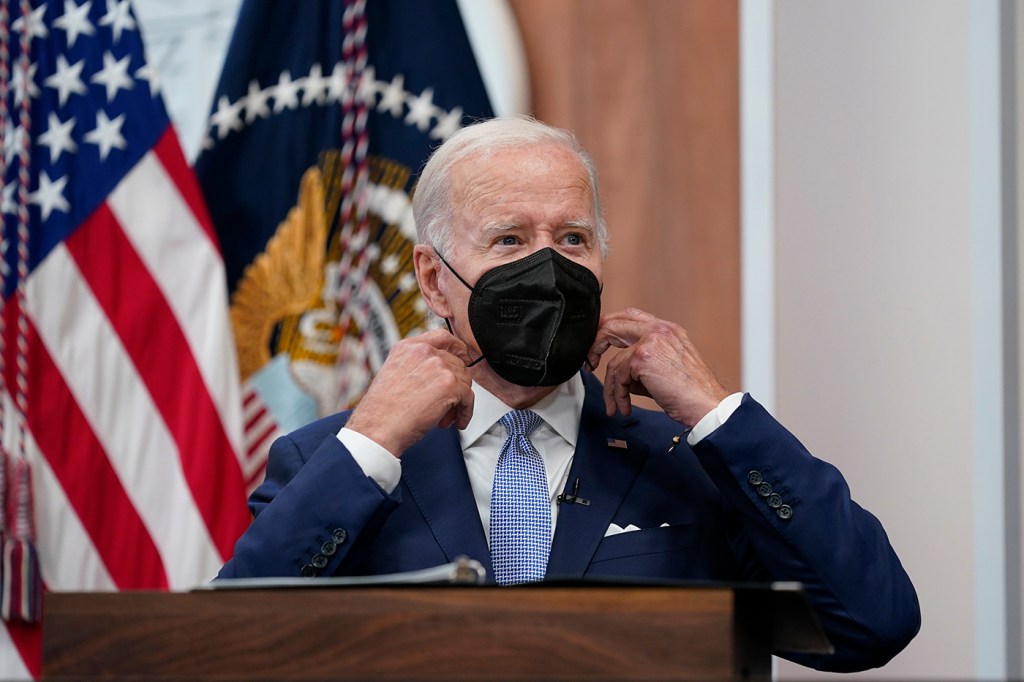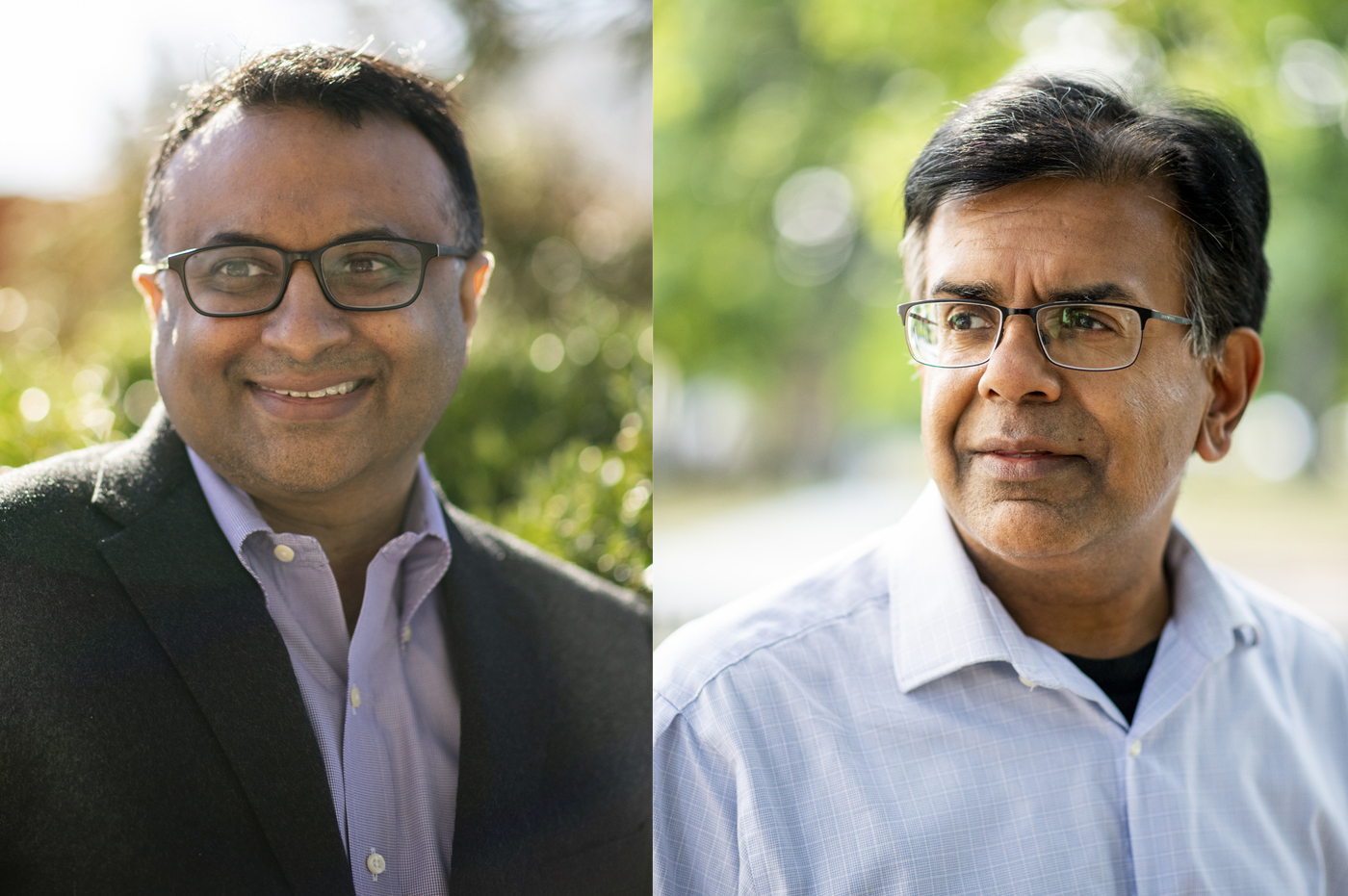The science behind President Biden’s ‘rebound COVID’

President Joe Biden has plenty of company as he experiences a case of rebound COVID-19 after completing a course of the antiviral medication Paxlovid.
Mansoor Amiji, who chairs the Department of Pharmaceutical Sciences at Northeastern University, says that approximately 10% of people who complete the five-day Paxlovid course test positive again—although, like Biden, they tend to have few or no symptoms.
“It’s a relatively rare event. But we’re seeing it more often,” says Neil Maniar, who directs the Master of Public Health Program at Northeastern University.
Rebound cases have led some scientists to question whether a longer course of Paxlovid is needed as variants behave differently in the body..
“There’s some question as to whether the five-day rule is a hard and fast rule,” Maniar says. He says a rebound case means there’s enough of a remaining viral load to cause a person to remain infectious—and contagious—for COVID-19 even after the standard course of Paxlovid treatment.
Biden tested positive for COVID-19 on an antigen test Saturday, after four days in a row of negative results following the completion of Paxlovid treatment, according to NPR.

The 79-year-old president, who is vaccinated and has had two booster shots, said on Twitter that he had no symptoms but was going to isolate himself “for the safety of everyone around me.”
Manufactured by Pfizer, Paxlovid is recommended in mild to moderate cases of COVID-19 to prevent hospitalization and death in individuals considered to be at higher risk of more severe disease, including people age 65 and older, according to the Centers for Disease Control and Prevention (CDC).
With the U.S. Department of Health and Human Services saying that more than 3 million courses of Paxlovid have been administered in this country, the math indicates that there have been thousands and thousands of cases of rebound COVID.
That doesn’t mean Paxlovid is not working, Maniar says.
“It’s doing its job” of preventing more severe illness, he says. “The fact that we’re seeing rebound cases in no way undermines the effectiveness of Paxlovid.”
“It does put into question the five-day” treatment protocol, Maniar says. “We shouldn’t assume that just because five days have passed you’re not infectious.”
Amiji says Paxlovid works by stopping replication of the virus in the body.
In cases of the Omicron variant, the virus seems to be restricting itself more to the upper respiratory tract, such as the nose and throat, he says.
That’s good news because the viral particles are less likely to go deep into the lungs, but it does mean there could be a more intense viral load in the nose, Amiji says.
“People are speculating that the drug masks the viral particles in the nose,” he says. Some think that once the Paxlovid course of three pills twice a day—for a total of 30 doses—ends, the virus starts replicating in the nose again, Amiji says.
“These are interesting theories, but until you get data you don’t have evidence to prove it,” he says.
Amiji says Biden may have been tested too soon after completing his Paxlovid course.
“It takes about seven to eight days to get a clear negative test,” Amiji says. “I feel there may have been a false negative test.”
Amiji says when he himself got COVID he was symptom free after five days and tested negative on an antigen test after eight days.
“I’ve had worse common colds,” he says, which he credits to being vaccinated and boosted.
Amjiji says he didn’t elect to take Paxlovid and does not recommend it for young and healthy people, since it comes with a set of possible side effects including muscle aches, diarrhea and altered sense of taste, according to the U.S. Food and Drug Administration.
The CDC recommends that people at risk of severe illness start Paxlovid no later than five days after the onset of symptoms. The Biden administration has encouraged the use of the antiviral, and states such as Massachusetts have made ordering it relatively easy via telehealth appointments.
In cases of rebound COVID, the CDC recommends that people once again quarantine for five days and wear masks for 10 days. The federal health agency does not recommend a second course of Paxlovid for rebound cases.
Biden’s isolating himself—he announced the news about the killing of al-Qaeda leader Ayman al-Zawahri from a White House balcony—is following good public health protocol, Amiji says.
“We all wish him a speedy recovery,” he says. “I think health wise, he’s doing fine.”






